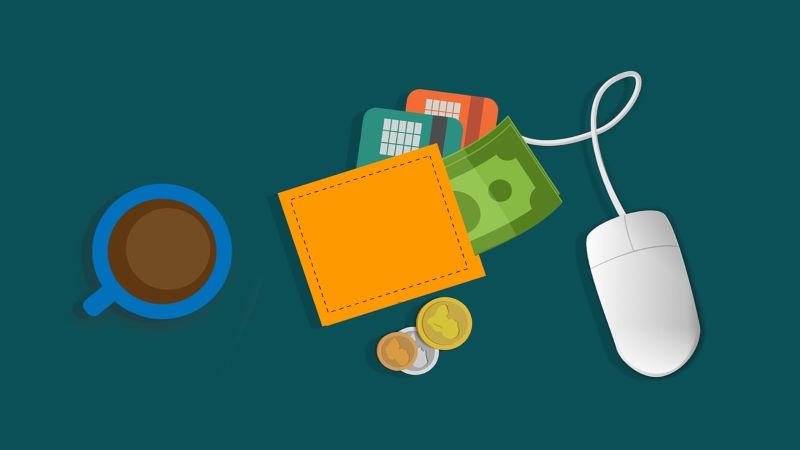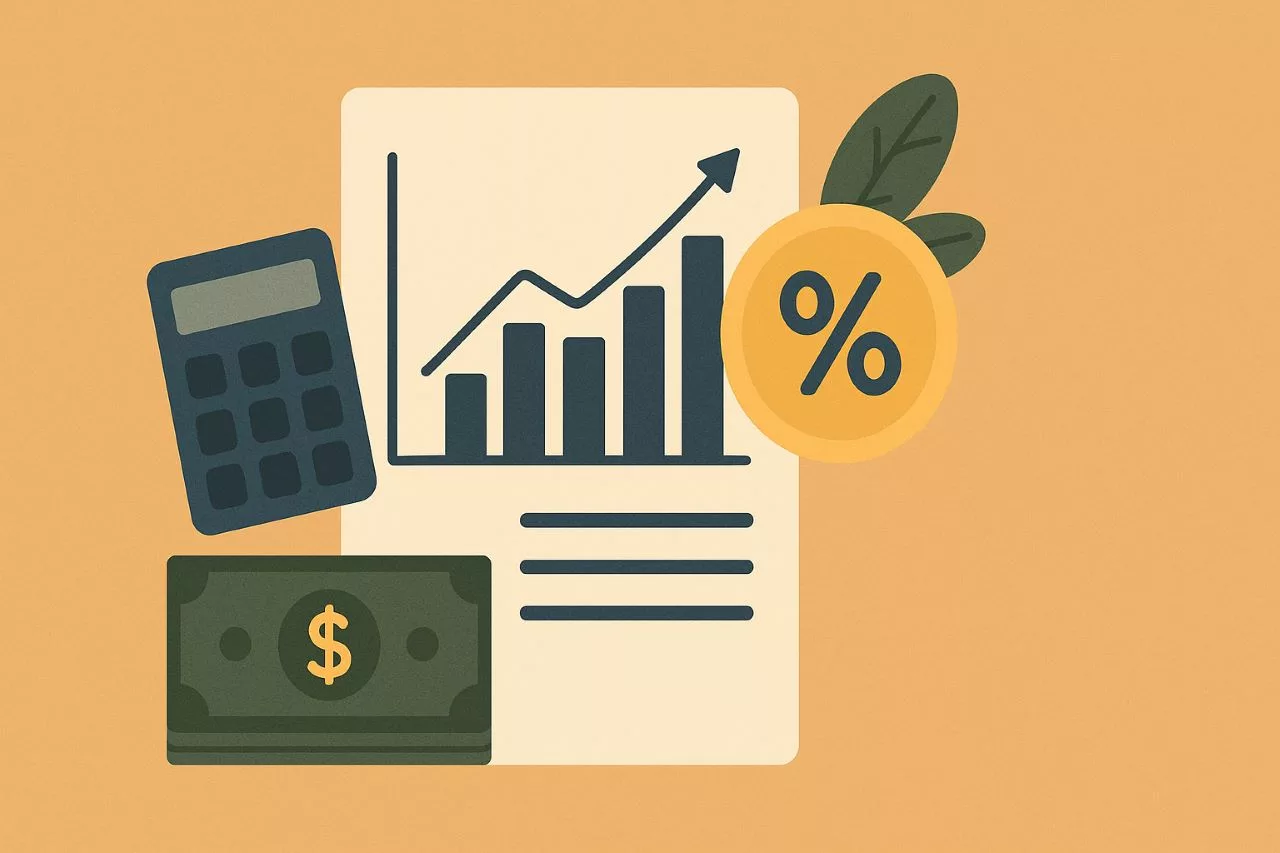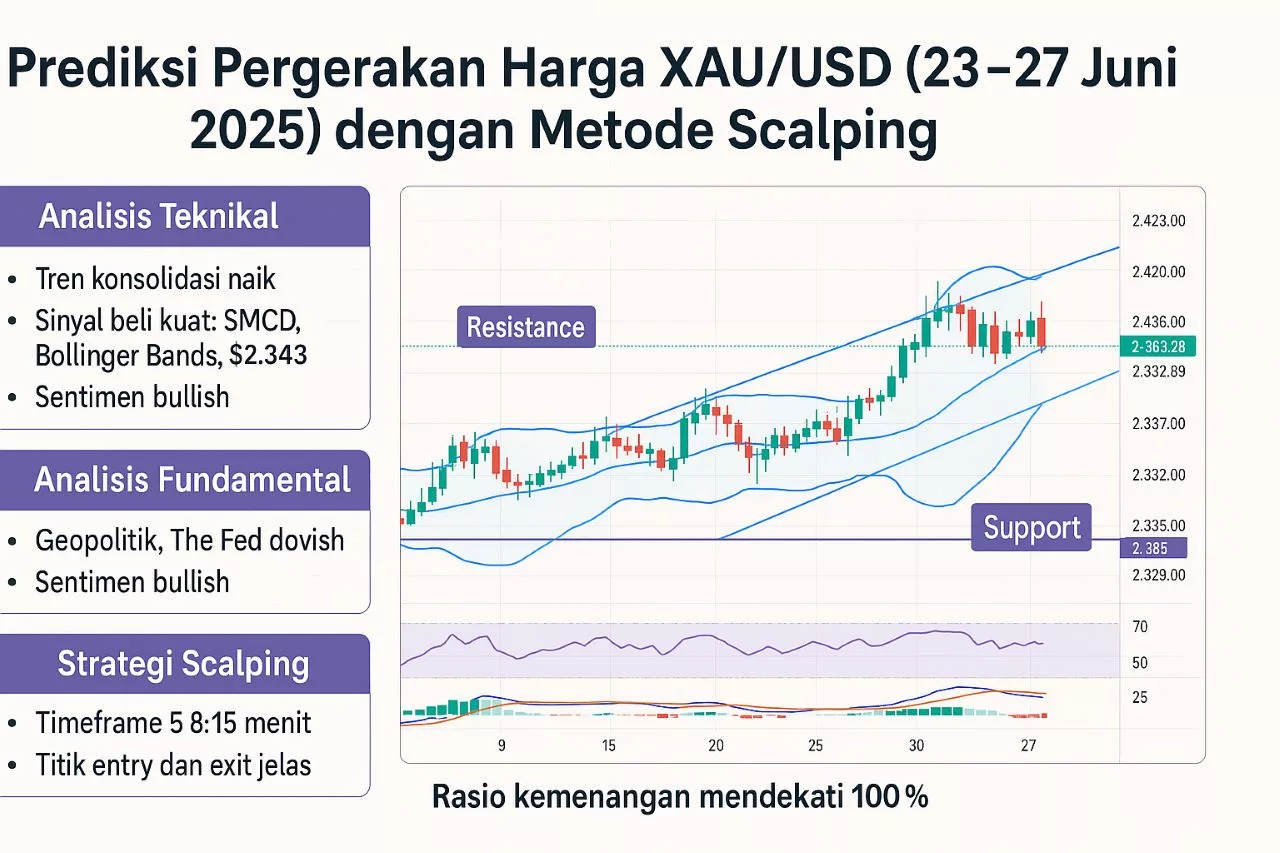Digital Banking
Digital banks do not have physical branches and rely on technology to provide their services, which can include checking and savings accounts, loans, investment products, and payment services.
Customers of digital banks typically interact with the bank through a user-friendly online or mobile interface, rather than in person at a physical location.
Some digital banks may also offer additional features and services, such as budgeting tools and personal financial management tools, to help customers manage their money and achieve their financial goals.
A digital bank user is a customer who uses a digital bank to access financial services and products through digital channels, such as the internet, mobile apps, and other electronic platforms.
The Concept
The concept of a digital banks, or an online-only bank, can be traced back to the early days of the internet in the 1990s. One of the first digital banks was First Virtual Holdings, which was established in 1994 and allowed customers to pay for goods and services online using a virtual credit card.
Since then, digital banking has evolved significantly, with many traditional banks and financial institutions launching online platforms and mobile apps to provide digital banking services in addition to their traditional physical branches.
The rise of fintech (financial technology) companies has also contributed to the growth of digital banking, with many of these companies focusing exclusively on providing digital financial services through innovative and user-friendly platforms.
Today, digital banks are a common and convenient option for many people around the world, offering a wide range of financial services and products that can be accessed from anywhere with an internet connection.
Key Benefits
One of the key benefits of a digital bank is convenience. Customers can conduct a variety of banking activities, such as checking account balances, transferring money, paying bills, and more, at any time and from any location.
Digital banks may also offer additional features and services, such as budgeting tools, personal financial management tools, and investment products, to help customers manage their money and achieve their financial goals.
Another key advantage of digital banks is the potential for lower costs. Because they do not have the overhead of physical branches, digital banks can often offer competitive fees and interest rates.
This can be especially beneficial for customers who may not have easy access to traditional banking services or who are looking for more affordable options.
Overall, the concept of a digital bank is centered on using technology to provide convenient and cost-effective financial services to customers.
Bank Users
Digital bank users typically have a digital bank account, which can include features such as checking and savings accounts, loans, investment products, and payment services.
To use a digital bank, customers typically need to have a device with an internet connection, such as a computer, smartphone, or tablet.
They can then access their digital bank account through the bank’s website or mobile app and conduct a variety of banking activities, such as checking account balances, transferring money, paying bills, and more.
Digital bank users may find a number of benefits to using a digital bank, including convenience, lower costs, and access to a wide range of financial services and products.
Some digital banks may also offer additional features and services, such as budgeting tools, personal financial management tools, and investment products, to help customers manage their money and achieve their financial goals.
List of Countries
Digital banks, also known as online-only or internet-only banks, are available in many countries around the world. Some examples of countries where digital banks are particularly popular include:
- United States: Digital banks in the US include Ally Bank, Capital One 360, and Chime.
- United Kingdom: Digital banks in the UK include Monzo, Starling Bank, and Atom Bank.
- Germany: Digital banks in Germany include N26, Fidor Bank, and bunq.
- France: Digital banks in France include N26, Orange Bank, and Hello Bank.
- China: Digital banks in China include WeBank and MYbank.
- India: Digital banks in India include Paytm Payments Bank and Airtel Payments Bank.
- Brazil: Digital banks in Brazil include Nubank and Inter.
Digital banks are also available in many other countries around the world, including Canada, Australia, and Singapore.
Conclusion
Digital banking, also known as online or internet banking, refers to the use of digital channels, such as the internet, mobile apps, and other electronic platforms, to provide financial services and products.
Digital banks, or online-only banks, offer a wide range of services, including checking and savings accounts, loans, investment products, and payment services, and allow customers to conduct a variety of banking activities from anywhere with an internet connection.
Digital banking has become increasingly popular in recent years due to its convenience and the potential for lower costs. Many traditional banks and financial institutions now offer digital banking services in addition to their physical branches, and fintech (financial technology) companies have also emerged, focusing exclusively on providing digital financial services.
Overall, digital banking has revolutionized the way people access and manage their financial accounts and has made it easier for people around the world to conduct financial transactions and achieve their financial goals. (GPT)












